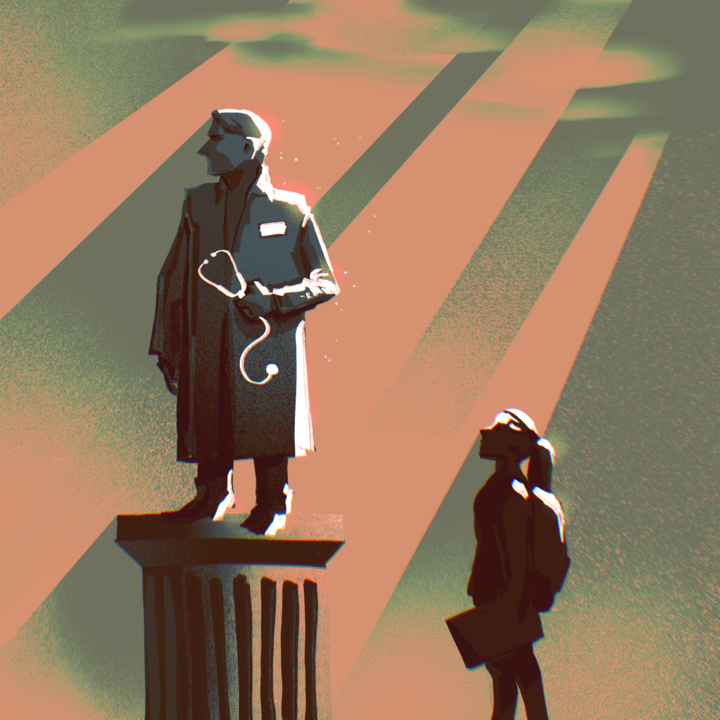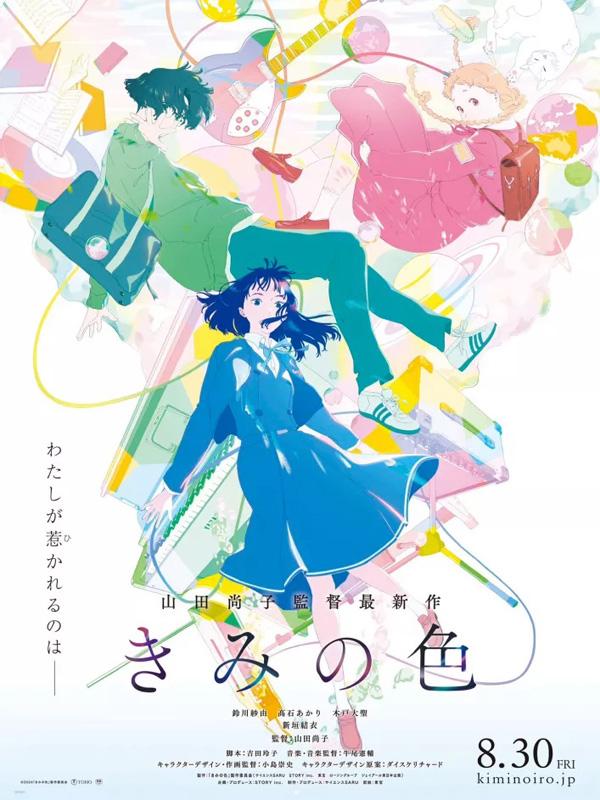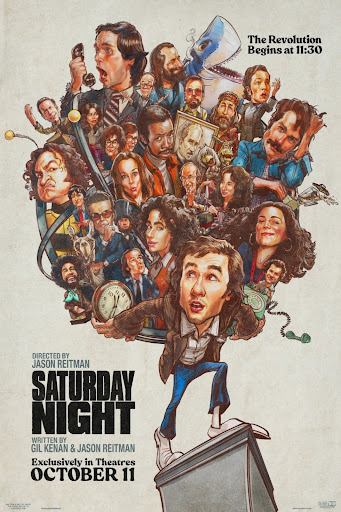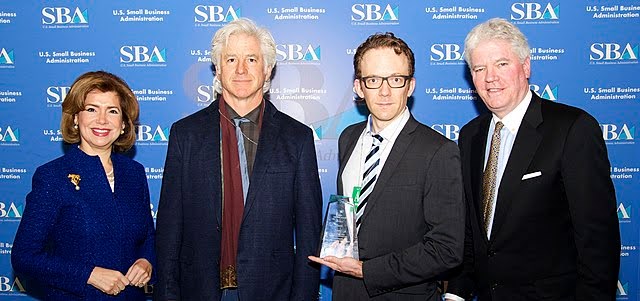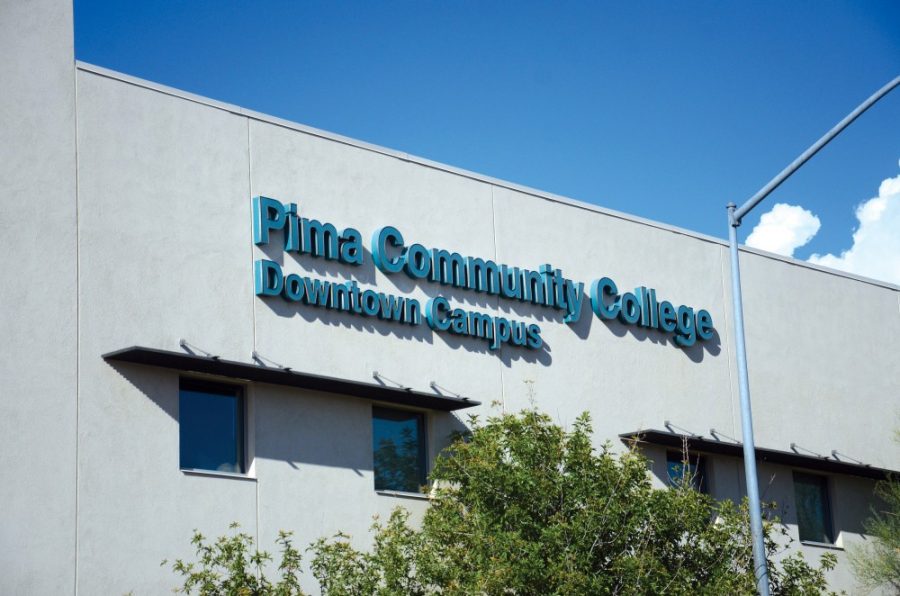Over the past decade, a disturbing increase in college students’ recreational use of prescription drugs including Xanax, Oxycodone, Adderall and Roxycodone, has raised concern among research organizations and campus administrators.
In 2009, a study in the journal Drug and Alcohol Dependence found that “”20 percent of college students have improperly used pain meds, stimulants, sleeping pills or sedatives; 14 percent had taken painkillers recreationally.””
A contributing factor to the increase in students’ drug abuse is the availability of these drugs.
Some university campus health centers frivolously and irresponsibly prescribe anti-anxiety medications such as Xanax for supposed stress and Vicodin for minor throat pains or torn muscles, and their generosity doesn’t go unnoticed.
“”Just now in my class, I was telling someone my throat hurts and they go, ‘Go to Campus Health, they’ll prescribe Promethazyne,”” said UA junior Lesa Habif, though she said she didn’t know if that was true.
A Forbes Magazine report published Aug. 30 disclosed an example of a student from the University of Pittsburg, Barbara Ballard, who developed a yeast infection in her mouth “”as a result of being on steroids and antibiotics at the same time. In too much pain to brush her teeth or eat anything but applesauce, Ballard was told by a campus clinician that she couldn’t possibly have a yeast infection and prescribed Vicodin without providing a diagnosis.””
While Vicodin and other prescription drugs have their uses, campus health centers’ nonchalant approach to signing away these pills lends to the false belief that these pills are similar to Tylenol or Advil. A sore throat doesn’t call for either two Tylenol or one Vicodin. These pills fall in a different league and should not be so accessible.
The majority of students receiving these prescriptions will either use the drugs inappropriately or sell them to others who will use them inappropriately. Forbes reported,”” Among students, Xanax goes for $3 a pill, Vicodin $5,”” while the stronger painkillers, including Roxycodone, “”might reach $10 a pill, and ‘study drugs’ like Adderall are a cash crop during exam time.””
An additional danger stemming from the availability of these pills, aside from damaging one’s health, is the addictive habit of selling them. It’s a lot of cash, fast. When a student with strep throat receives 10 Vicodin pills from his or her campus health center, he or she is likely to distribute it.
“”Last year, I was prescribed Vicodin for strep. I didn’t need it, and my first instinct was to sell it. I never followed through, but the easy cash was tempting,”” said one UA student.
The temptation is major and economically ideal. The illegality of selling prescription drugs is well understood by students but difficult to truly comprehend when a friend asks to buy a pill from you for $3. The fact that you are committing a felony seems ludicrous when standing in your dorm room and exchanging a tiny capsule for a few bucks.
An anonymously written article on Collegemagazine.com tells the story of a freshman whose roommate was a drug dealer. The writer of the article, although disapproving and uncomfortable with his roommate’s habits, mentions that “”(his roommate) had a good racket, getting laid by a different beautiful girl every night, money rolling in. He didn’t even have to go to class because he had ringers going and taking his tests for him in exchange for drugs.”” The danger is that the temptation is clear when the consequences are not.
The reality that any given pharmacy makes it more difficult to purchase prescription drugs than most college campuses is an unsettling and contradictive one; students should feel better taken care of at their university health centers than at a CVS or Walgreens and shouldn’t have to question the medicine they receive. Universities should be sensitive to the fact that building a successful campus involves understanding not only the academic life but the social scene as well, regardless of its legality. Becoming aware of the excessively written prescriptions and abusive drug behavior on campus is one way to control this growing culture and potentially save students from ruining their grades, relationships, reputations and eventually their lives.
— Alexandra Bortnik is a creative writing junior.
She can be reached at letters@wildcat.arizona.edu.



